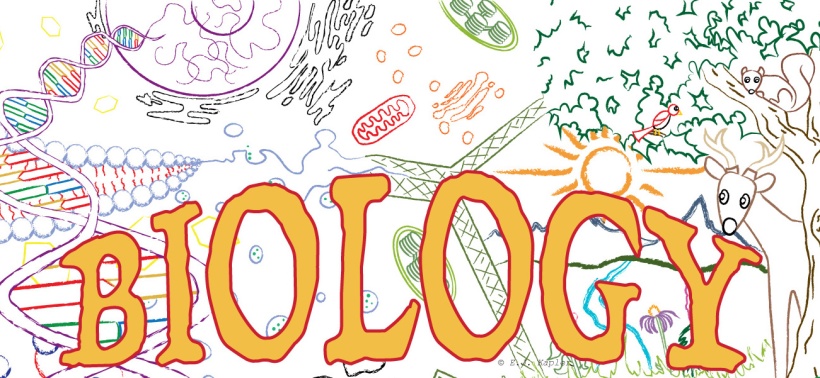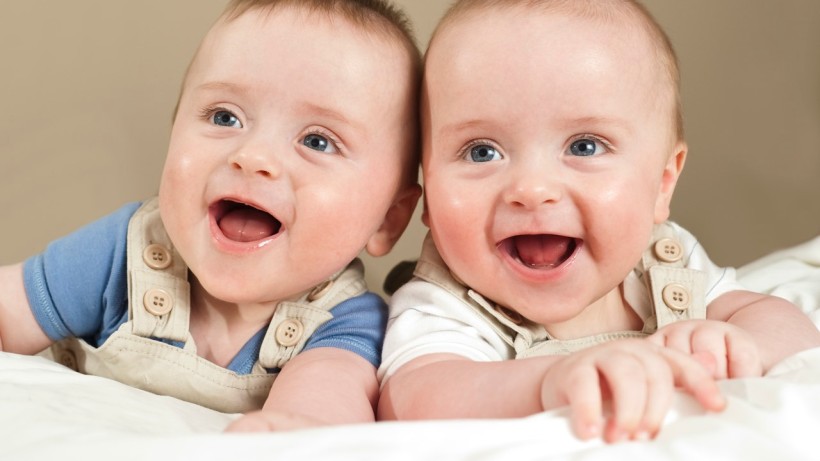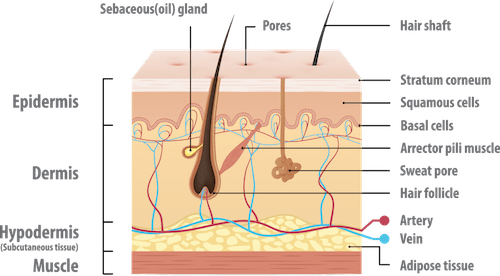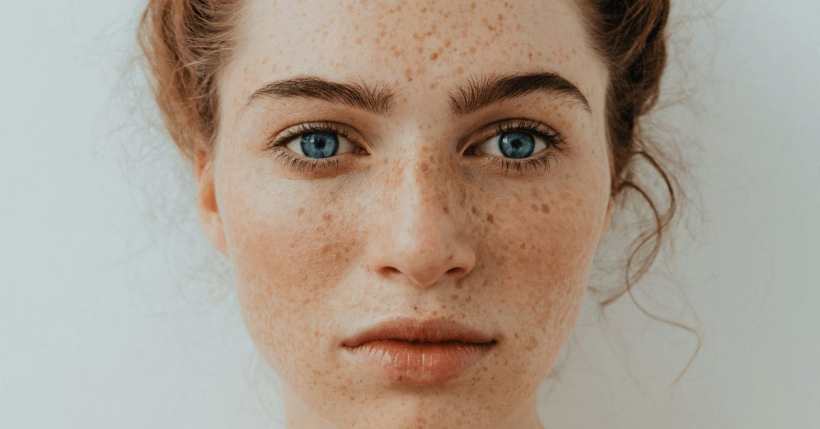
” Success is no accident. It is hard work, perseverance, learning, studying, sacrifice and most of all, love of what you are doing or learning to do.”
Pele
This post I wrote from the inside of my heart as the reason why do I choose Biological science with the specification of Human Physiology for my career interest.
I have never blamed myself to choose science as my life way even though sometimes I feel my life goes hard with this decision
This all has been started,
Once upon a time, a 12 years old girl has a thought: Have you ever wondered what goes on inside of your body? What happens to the food you eat and the air you breathe?
That’s all can be explained by biology 🙂
Here I would like to write some knowledge in Biology that I would later teach to my kids about the basic of Biology (I hope they would be interested in this knowledge also).
Humans have more facial muscles than any other animal on this earth!

Your body is like a machine. It is made up of parts and organs (like the heart and lungs) of various size and shapes that work together in an organized manner. Each of these has specific functions. These parts and organs from the different system that help in day-to-day activities like breathing and digesting. The organs are made up of tissues that are in turn made up of cells with similar functions.
As you grow older, your body starts changing. The following chapters will tell you more about your body. Learning more about the human body and finding out how it works, is a whole lot of fun!
Facts about you
- In their average lifetime, a person walks the equivalent of 5 times around the equator
- 300 million cells die in the human body every minute
- The average human produces 25.000 quarts of spit in a lifetime, enough to fill swimming pools
- Your face is made up of 5 muscles!
- Odontophobia is the fear of teeth
The cell is the tiniest living part of your body
Cells are the building blocks of your body. They are the smallest structure that can have complex processes like breathing and digestion. The human body consists of around 100 trillion cells! But these calls are too small to be seen without a microscope. A cell may vary in size, shape and make-up depending upon its function. Cells can divide and multiply; that is how you grow.
Cell structure
Human cells are eukaryotic. The term eukaryote means true nucleus in Greek. Typically, a human cell consists of several compartments or organelles. A plasma membrane surrounds these organelles. The organelles can be seen floating in a fluid called cytoplasm. The cells also contain a nucleus where the genetic material (DNA) is stored.
Is poor eyesight hereditary?
Studies have shown that poor vision is largely hereditary, i.e. it is passed on from parents to children through genes. Although it is not the only factor leading to poor vision, common problems of eyesight are said to be inherited from ones parents.
No two people in this world are alike, except for identical twins. Each one of us is unique because of our genes. But in the case of identical twins, they are alike because they share similar genes. However, you are a little like your parents because you have inherited some of their genes.

Chromosomes and DNA
Inside the nucleus lie coil-like structured called chromosomes. You have 46 chromosomes, half from your mother and half from your father. Chromosomes always come in pairs and are made up of a chemical called DNA (deoxyribonucleic acid), which looks like a spiral staircase. DNA, like the fingerprint, is unique to a person and contains all the information about that person. Section of DNA, called genes, store traits or characters.
The sex of a child is determined by the X and Y chromosomes. Both the X and Y chromosomes are present in men while women have two X chromosomes.
Facts about cells
- If all the cells in a human body were joined at the ends, they would stretch for 1000 km (the distance between Paris to Rome)
- If the entire DNA in your body was put end to end, it would reach the sun and back over 600 times
- Human have 30,000 genes
- As we grow older, the brain loses almost one gram a year, as its nerve cells die and cannot be replaced
- 50,000 of your cells will die and be replaced as you read this sentence
Skin is the largest organ of your body!
Your skin is a waterproof layer that protects your internal organs from infection and sunlight. It is sensitive to touch, heat and pain. It also helps to control your body temperature. Structures embedded in the skin are called skin appendages. These include hair, nails and glands. Glands produce and secrete substances needed by other body parts. The sweat glands carry the sweat to the surface of the skin water it is let out through tiny holes called sweat pores.
Structure of skin
Your skin is made up of two layers of tissue. The outer layer is called the epidermis and the layer below is called the dermis. A thick coating of a tough, fibrous protein called keratin covers the epidermis. The dermis contains tiny blood vessels, sweat glands, nerve endings and the rots of tiny hairs. Under the dermis is a layer of fat, which keeps you warm.

Why are some people dark and some fair?
Your skin gets its color from a pigment called melanin, which is produced by a network of special cells called melanocytes. These cells also help protect the skin from harmful sun rays. People are darker in the warmer regions because their skin produces more melanin to protect them from harsh sunlight.

Hair and Nails
Like skin, your hair and nails are also made of keratin. Each hair is born in a tiny pit called a follicle. The roots of your hair are alive but the part above the skin is made up of dead cells. That is why you don’t feel pain while cutting your hair. Hair gets its color from melanin.
Each nail grows about a millimeter every 10 days. The new nail forms behind the cuticle, which is under the skin and pushes the older nail outside. Like your hair, nails too are made up of dead cells.

Some people have freckles. These are small patches of darker skin made by extra melanin. Exposure to sunshine increases the amount of melanin in your skin and the darkness of freckles.
- Each person loses about 100 hairs every day
- The entire length of all the eyelashes shed by a human in their life is over 30 m
- The skin of a normal adult male weighs 4.5-5kg and measures 2m2
- Each square inch (2.5 cm) of human skin consists of 6 m of blood vessels.
mantap anak english
LikeLike